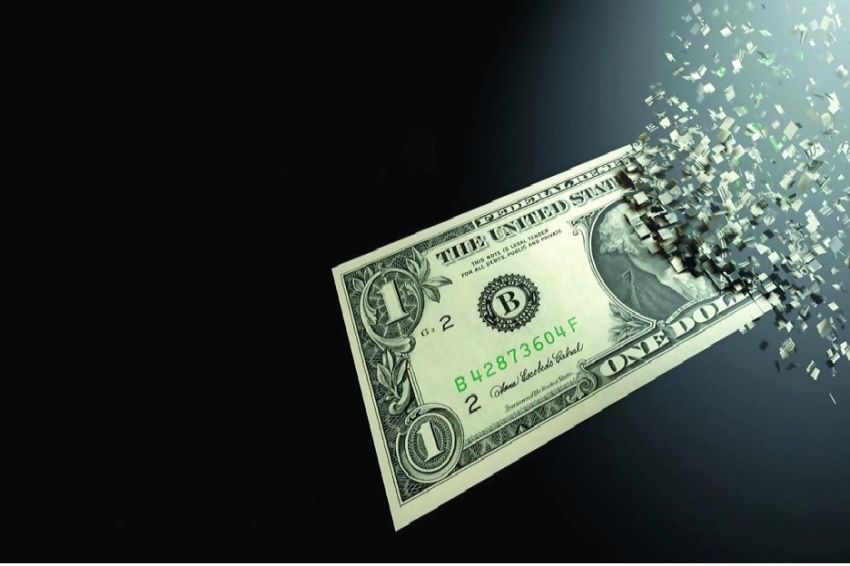Dedollarization has had a negative impact on the American economy. Photo/Document
What is dedollarization?
Dedollarization describes the process of moving away from the world’s reliance on the United States dollar (USD) as its primary reserve currency. For more than a century, the U.S. dollar has been the world’s primary reserve currency. According to IMF data, the dollar accounted for 59% of the foreign exchange reserves allocation in the first quarter of 2023, well above the euro which was just below 20% and the Japanese yen which was around 5%. .
While there is no doubt that these currencies remain at the top of the list, the dollar’s share of monetary reserve allocations has declined in recent decades, falling by more than 70% in 2001.
How dedollarization works
Countries wishing to reduce the influence of the dollar on their economy can take various approaches. To escape the shadow of the dollar, central banks need alternative reserve currencies that allow them to consolidate local financial systems and participate in international trade.
The key question then is: what other currencies, if any, can central banks hold as official reserves? Traditional alternatives to the dollar include the euro, yen and pound sterling. However, as the IMF noted, the currency has not increased its share of allocated reserves in proportion to the decline in the dollar.
China has played a leading role in dedollarization, with the aim of positioning the renminbi as a reserve currency. Although the central bank has increased its holdings of the renminbi, the currency’s share of global reserves remains below 2.5%.

“Amateur problem solver. Hipster-friendly alcohol lover. Beer buff. Infuriatingly humble tv geek.”






